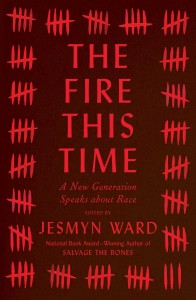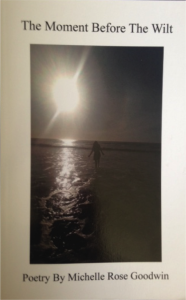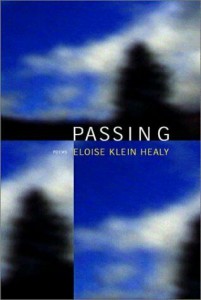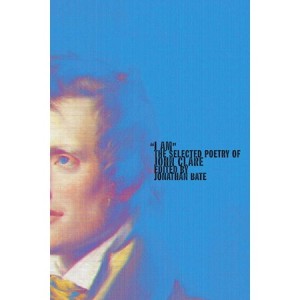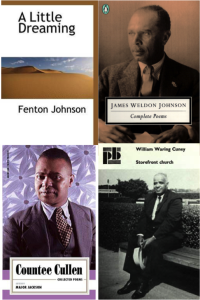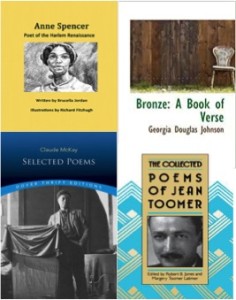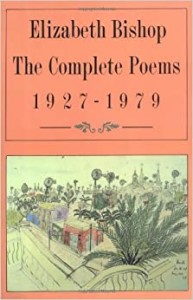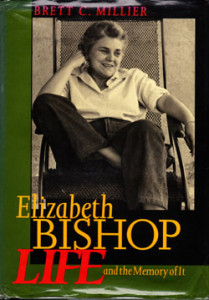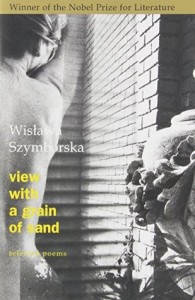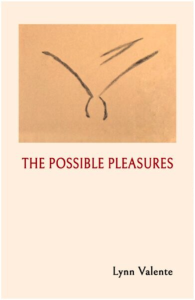
Sometimes I think: there are only 26 letters; there are only so many words, so many ways to combine them. And then a chapbook like this comes along and blows me away. Valente’s language is simple, yet her images are startling and fresh, summoning my own experiences to reinforce her ideas and acknowledge her insight. (Full disclosure: I know the author slightly.)
“I Was a Pencil” is one of the best poems I’ve read about becoming a writer. Describing a childhood Halloween costume she speaks of “the finest 2-word poem I’d even heard: / Venus / Velvet” before talking of being able to
. . . run
from house to housesince I had no baggage
unlike my sisters,
the witch and the princess.
So much meaning about women and women’s roles and writing is held within these few words.
I was also aware, on my second or third reading, of the exquisite care taken with the ordering of the poems. Attention has clearly been paid to the way poems on facing pages converse with each other, harmonise and expand on each other’s thoughts, such as putting an erotic poem about the wind facing a poem about the transcendent experience of a flute concert.
My favorite poem is “Rural Essay.” As someone newly settled in the Green Mountains, I have struggled with capturing what they mean to me. And here she has expressed it so clearly, so cleanly that it eases the pain and frustration that have dogged me.
It’s no surprise that the prestigious Finishing Line Press chose to publish this chapbook. It embeds simple truths in experiences we can recognise and phrases that catch us by surprise.
Sometimes there is a hinge in the middle of a poem; sometimes a twist at the end. Each poem has something that suddenly takes it out of the mundane, magnifying it into a larger truth, whether it’s the slap of a beaver’s tale breaking a marital stalemate or the echo of a lady’s slipper flower in the story of Cinderella.
You can tell right away from the cover, a simple line drawing by Valente, that you are in the presence of someone who can fill a plain vessel with multitudes of meaning. For me, this drawing is an exultant person, arms thrown wide in the movement my Qigong teacher calls Love Descends on Me, and overhead a bird, free and certain in its flight.
What poem have you read that has surprised or humbled you, or told you something about yourself?
